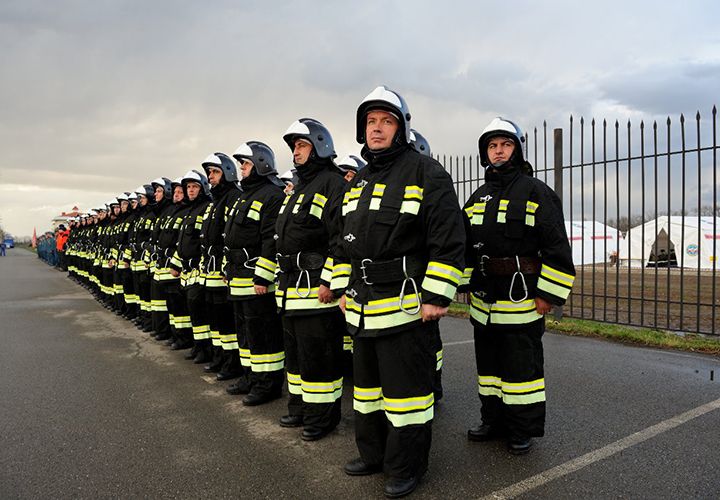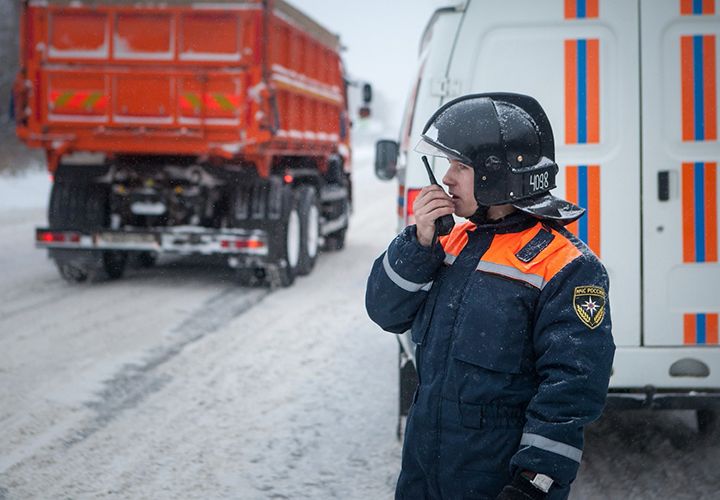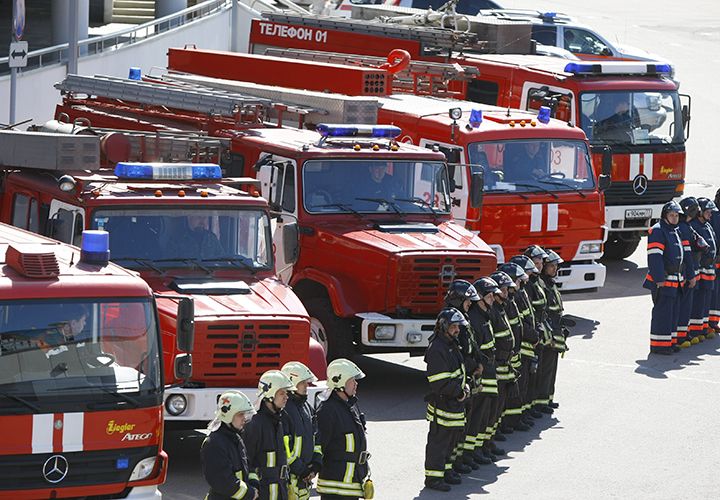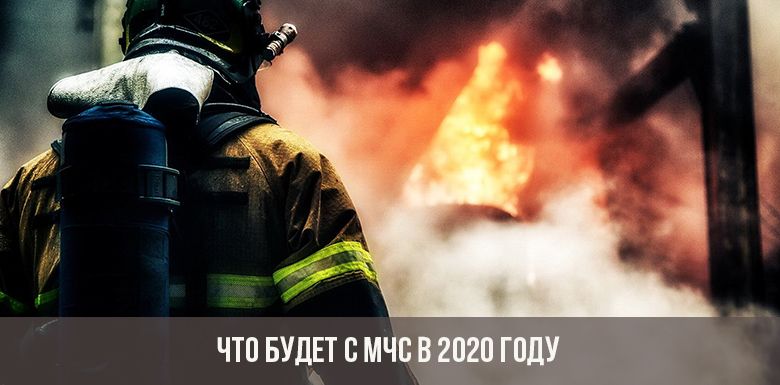Content [Hide]
In 2020, the Ministry of Emergency Situations ends a large-scale structural reform, within the framework of which the agency modernizes all crisis management centers, abolishes regional centers and moves to a two-level management system.
More Rescuers - Less Leaders
The plan for reforming the power department was approved and approved by the President of the Russian Federation Vladimir Putin: he signed the corresponding decree in January 2017. The reform, designed for 3 years, ends in 2020.
No quantitative changes are foreseen in the staff of the Ministry of Emergencies - the total number of employees of the Ministry will remain at the level of previous years and will amount to 288 565 people. At the same time, the number of firefighters and rescuers will increase and the number of officials of the regional centers of the ministry will decrease. The liquidation or reassignment of such centers in the regions of the Volga Region, Siberia, the North Caucasus, and the Far East should simplify the process of administering and financing local garrisons.

Prior to the reform, the management vertical consisted of three levels:
- Federal - at the level of the Ministry of Emergency Situations.
- Regional - Management Centers in the regions.
- Local - fire and rescue garrisons in settlements.
There is no regional link in the new administration scheme. In a number of departments, it was introduced earlier and successfully works, confirming the effectiveness in practice. No serious structural changes are planned in the garrisons in the field involved in the operational elimination of fires and other emergency situations.
Risk Assessment - A New Way
Back in 2016, the Ministry of Emergencies and Roscosmos signed an agreement on cooperation in the space sector. Deepening cooperation provided operational access to satellite imagery to units of the Ministry of Emergency Situations. The shooting is carried out in potentially dangerous areas - where there is an increased threat of fires, landslides, other unforeseen situations.
In the framework of cooperation and reform of the Ministry, it was also planned to create joint centers for the reception and processing of space information. Judging by the latest news, work in this direction will continue in 2020. It concerns the development, implementation and use of fundamentally new risk assessment systems, telecommunication technologies.

Positive experience already exists - this is the Crisis Management Center (CMS) of the Murmansk Region. Its specialists receive data from space, quickly assess risks, simulate a situation and take prompt response measures. Similar centers are successfully operating in Moscow, Vladivostok, St. Petersburg, and will be introduced in other regions. One of the main advantages of space monitoring is the ability to quickly detect foci of forest fires in those places where they were not detected by aerial reconnaissance.
Along with technical innovations, the requirements for the training and retraining of specialists are being tightened. Unified requirements have been developed for candidates for employment in the MCC, as well as uniform standards for universities that train personnel for the Ministry of Emergencies. The formation of a new state order for specialized universities is a matter of more than one day and a year. Former Minister of Emergencies Vladimir Puchkov believed that the process would take 10-15 years.
Salaries
One of the burning questions, what will happen to the salaries of EMERCOM employees in 2020, is there any expectation of their increase and how significant? In 2018-2019, the average salary of a lifeguard in the Russian Federation is 20-25 thousand rubles. In the Vladimir region and the Stavropol Territory, wages do not exceed 15 thousand. The highest salaries in Moscow are 30-35 thousand rubles.
Chairman of the Federation Council Valentina Matvienko spoke at the plenary meeting on June 11, 2019 about the need to increase the salary of salvors. Matvienko focused on the fact that the Ministry of Emergency Situations has the lowest salary, it must be increased to at least 32 thousand rubles. According to the speaker, the issue of raising must be raised when forming the budget for 2020. Earlier, the president ordered to allocate 22 billion rubles for these purposes, but the Ministry of Finance found 3.30 billion. This is only 15% of the required amount.
Whether the issue will be resolved next year is still unknown. Clarity will appear with the adoption of the federal budget. It is precisely known that in 2020, salaries of rescuers will index the level of inflation. Accordingly, labor incomes will grow by 3.8-4% - such is the projected official inflation rate.

Preferential mortgage
In 2020, a special program for rescuers and firefighters starts, which will allow them to purchase mortgage housing with benefits. The start of the social project was announced by Deputy Head of the Ministry of Emergencies, Igor Kobzev, at a meeting with reporters.
The essence of the program is that the state will subsidize employees of the Ministry who wish to purchase housing on a mortgage. With the help of a subsidy, it will be possible to repay 30% of the cost of credit housing. The remaining debt will be repaid at a reduced interest rate (6%). For comparison: the average mortgage rate in Russia is 10.5%.
The concept of subsidies has already been developed. According to experts, about 5 thousand people from the state will use state aid to purchase their own housing.
Read also:



















